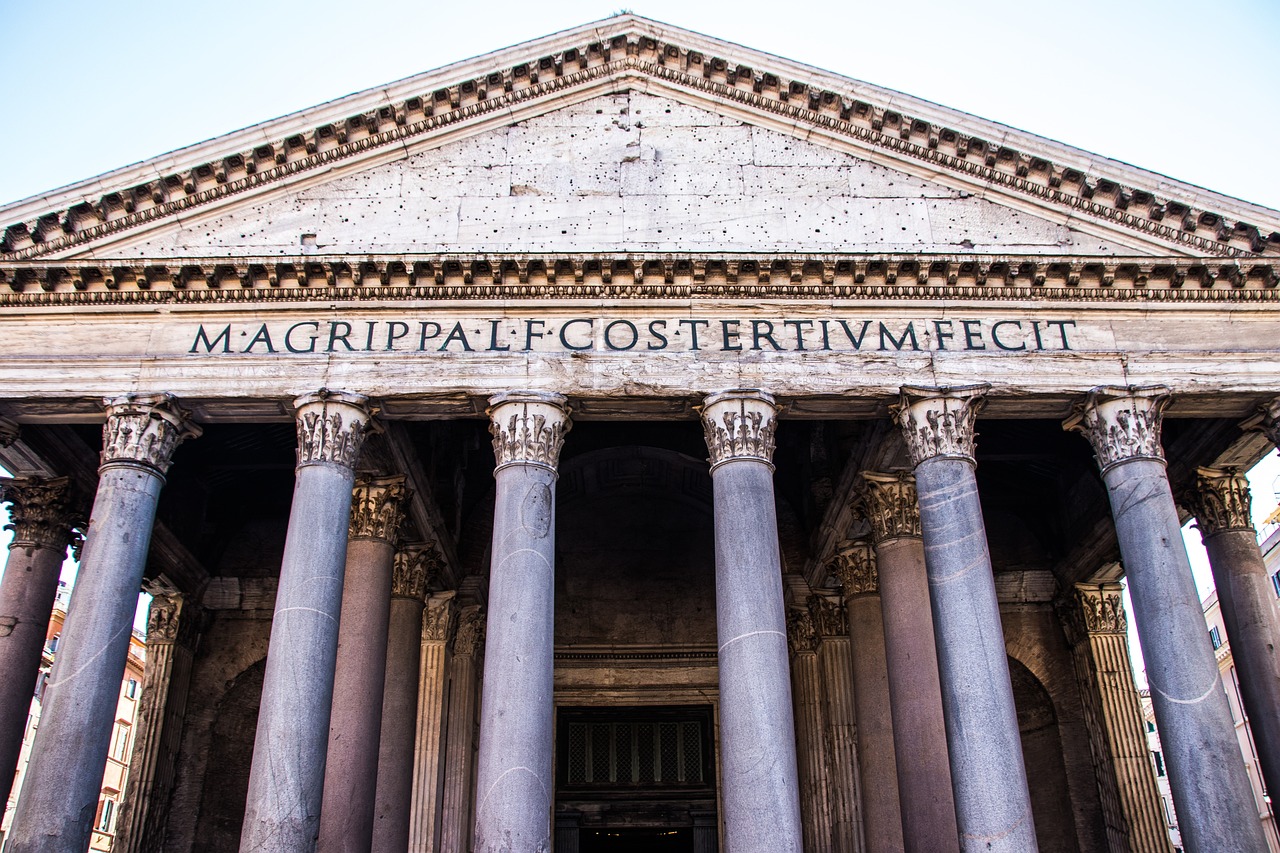Understanding Ancient Egyptian Religion
Ancient Egyptian religion encompasses the indigenous spiritual beliefs held in Egypt from the predynastic era, around the fourth millennium BCE, until the gradual decline of traditional practices in the early centuries CE. This religious framework was deeply embedded in the fabric of Egyptian society, particularly from around 3000 BCE onwards. While many elements may have survived from earlier periods, they are often overshadowed by the distinctive transformations that shaped the Egyptian state and its religious context.
Core Beliefs and Practices
Religion in ancient Egypt transcended a mere belief system; it permeated all aspects of life. Rather than seeing it as a singular entity, it is crucial to recognize that Egyptian religion intertwined with various human activities and values. Over its extensive history of more than three millennia, the religion experienced notable shifts and variations in focus, yet it consistently maintained particular characteristics and styles.
Understanding ancient Egyptian beliefs also requires viewing them through a wider lens beyond simply worshiping deities and demonstrating devotion. Activities such as connecting with ancestors, as well as engaging in practices like divination, oracles, and magic, were integral to the religious landscape. At the heart of public religious life were two central figures: the king and the gods, both of which are hallmark features of Egyptian civilization.
The Pharaoh’s Role
The pharaoh occupied a unique position that bridged humanity and the divine. He was believed to participate directly in the divine realm and was responsible for erecting grand funerary monuments, motivated by religious significance, to ensure a successful afterlife. The Egyptians personified their gods in myriad forms, often combining human and animal features. Among these deities, the sun god held particular prominence with various names and manifestations, and was linked to numerous supernatural beings within a solar cycle that echoed the daily rhythm of night and day. Osiris, the god of the afterlife and ruler of the underworld, gained prominence during the first millennium BCE, particularly alongside his companion Isis, as solar worship waned.
The Cosmogony
The ancient Egyptians viewed the cosmos as inclusive of both gods and the earthly domain, with Egypt positioned at its center, all encircled by a chaotic realm that threatened order. The king’s role emerged as paramount to preserving these cosmic balances, reinforcing order against chaos in cooperation with the benevolent deities. This intricate cosmological perspective, while fundamentally pessimistic regarding the transience of order, was championed by the solar deity’s influence.
Despite the bleak nature of these beliefs, the artistic representations on monuments projected a message of positivity and stability, showcasing the king and gods in a harmonious and reciprocal relationship. This balance underlined the delicate nature of order, indicating that the monument’s decorum must adhere to strict norms about representation and context. The principles of decorum and order interlinked, reinforcing a cautious stability. While the views and practices of the elite are well-documented, the beliefs of the general populace remain comparatively obscure, although it is plausible that a significant overlap in understandings existed between the two groups.



